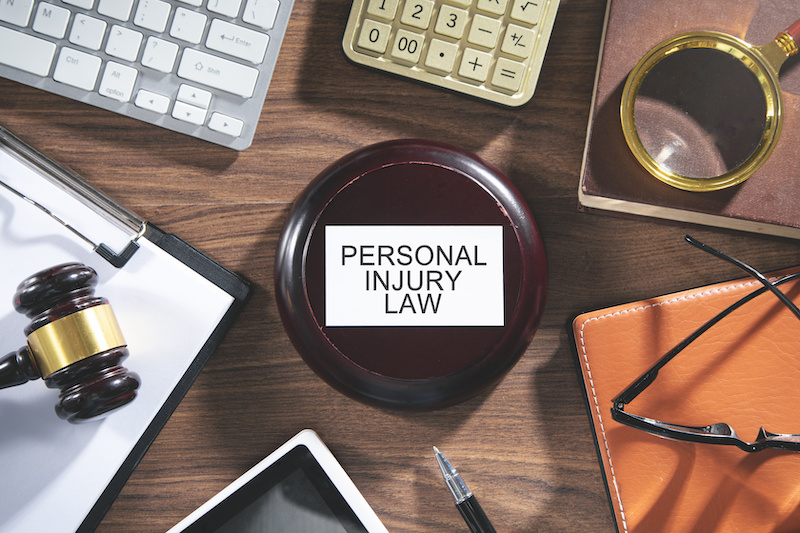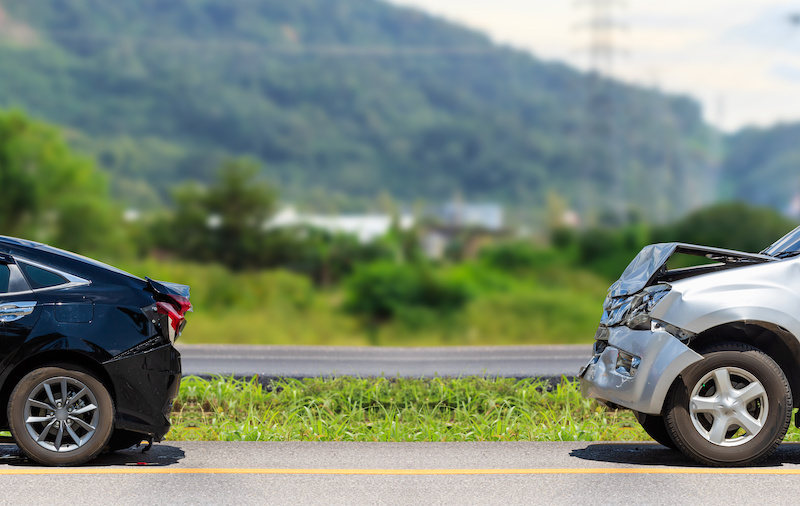Comparative negligence can be a tough nut to crack.
You might think you’ve got it all worked out, only to be confronted with more intricate details. You’re hit with the cold reality of this complex legal concept.
And let’s face it. Understanding comparative negligence is no walk in the park.
This tricky principle could be what stands between you and your rightful compensation after an auto accident.
Table of Contents:
- Understanding Comparative Negligence
- Impact of Comparative Negligence on Damages
- Proving Negligence in Court
- Statute of Limitations for Comparative Negligence Cases: A Guide
Understanding Comparative Negligence
The legal landscape of personal injury law can be complex, particularly when it comes to the concept of comparative negligence. This principle is applied in situations where an injured victim shares some responsibility for their injuries.
Digging into Comparative Negligence
In essence, comparative negligence rules apply by attributing degrees of fault to each party involved in an accident. The amount that parties can recover as compensation directly correlates with this assigned percentage.
This doctrine operates under two primary models: pure and modified. In pure comparative fault states, victims are eligible to receive compensation regardless of whether they were 99% at fault – though their recovery will be reduced based on their level of liability.
A Closer Look at Modified Comparative Negligence Rules
On the other hand, modified comparative negligence rules work slightly differently depending on specific state laws. Some jurisdictions, like Florida, follow a 50% bar rule, which implies that you lose your right to any form of financial recovery if found more than half responsible for your own injuries, while others use a similar but stricter 51% bar rule instead.
Fault Percentage Determination Process
In order to establish who bears the most blame, various factors such as whether the defendant(s) breached his or her duty towards the plaintiff, etc., need consideration. For example, consider a scenario where a person suffers $100 worth of damages due to an accident but also holds twenty percent accountability for the same. Then, he/she would only be entitled to eighty dollars after subtracting the corresponding portion from the total claim value.
Evidence Gathering & Breach Determination
- Gathering Evidence: An essential part of proving whether the defendant(s) accused breached any legal duty leading up to the mishap includes gathering evidence like police reports indicating reckless driving behavior or photographs showing hazardous conditions contributing directly or indirectly to injuring victims.
- Breach Determination: A skilled personal injury attorney will know how best to collect and present such data effectively before court proceedings commence, ensuring maximum chances for clients seeking justice through compensation.
Impact of Comparative Negligence on Damages
The doctrine of comparative negligence can greatly influence the amount an injured victim may recover in a personal injury claim. This legal principle allows for damages to be reduced based on how much at fault the plaintiff is found to be.

Determining Percentage Fault: A Complex Process
Evaluating each party’s degree of liability involves intricate calculations performed by experienced personal injury attorneys or insurance adjusters. Factors like whether each defendant breached their legal duty towards safety measures come into play during these assessments.
If it turns out that a victim shared part responsibility due to actions contributing negatively – such as speeding or distracted driving when defendants accused them of causing their own injuries – this could significantly impact claims as well.
Navigating Shared Fault To Recover Compensation
A successful personal injury claim doesn’t necessarily require proving total innocence from victims nor absolute guilt from alleged perpetrators; rather, it entails demonstrating sufficient evidence showing that others’ liability outweighs one’s own wherever possible, maximizing chances of recovering meaningful sums despite partial blame assigned during proceedings.
Remember, hiring skilled lawyers well-versed in these areas often proves invaluable given the complexities involved throughout the aforementioned processes, as well as many additional ones beyond the scope discussed here today.
Proving Negligence in Court
In the legal realm of personal injury claims, including those involving motor vehicles, establishing negligence is paramount. It requires demonstrating that a defendant breached their duty and that this breach directly resulted in your injuries.
This process often involves showcasing evidence such as police reports or witness testimonies, which can be efficiently handled by an experienced personal injury attorney.
Evidence: The Key to Proving Breach and Causation
Demonstrating that a breach occurred isn’t enough; it’s also essential to connect this violation with your sustained injuries. Medical records play a crucial role here as they document both the extent of harm suffered and its link to the accident victim’s case. Justia offers more insights into such cases where comparative negligence applies.
Statute of Limitations for Comparative Negligence Cases: A Guide
The statute of limitations is a crucial element in personal injury cases, particularly those involving comparative negligence. It may appear convoluted initially, yet with the right direction, comprehending it can be much simpler.
This guide will walk you through key aspects to consider when dealing with statutes of limitation in such situations.

1. Grasping the Basics
In essence, the statute of limitations refers to how long an injured victim has to file a personal injury claim after their accident. The clock typically starts ticking on this period from either day one post-accident or when injuries become apparent if they weren’t initially noticeable.
If you’re partly responsible for your own injuries and need to apply modified comparative negligence rules or pure comparative negligence rules, being aware and respectful of these timeframes is paramount as missing them could cost your potential compensation entirely.
2. Recognizing State Variations
Different states have different takes on whether they operate under pure comparative fault states or modified comparative fault states. These variations impact not only which rule applies – be it contributory negligence laws versus applying modified/pure comparative negligence rules – but also what kind and amount victims may receive should they share responsibility for their mishap.
An experienced lawyer who understands these nuances well can help navigate this legal maze effectively, ensuring no stone remains unturned while preparing your case.
3. Filing Your Claim Timely
To avoid losing out due to a substantial portion (if not all) of deserved financial recovery because of missed deadlines, it’s advisable that victims start building their cases early enough. This way, you’ll get ample time to gather accurate information required to establish that the defendant breached his/her duty, leading up to the moment the defendant became legally accountable under applicable legal doctrines, depending upon the jurisdiction involved.
An attorney specializing in personal injury law would provide valuable assistance during the investigation phase – making sure every critical detail gets captured accurately, helping increase the chances of a successful outcome substantially.

If all these legal intricacies feel overwhelming, remember you don’t have to navigate them alone. The team at Silver Injury Law specializes in personal injury law, including auto accidents, motorcycle accidents, truck accidents, pedestrian accidents, and more, with a keen focus on cases involving comparative negligence. We are here to provide assistance and make sure your privileges stay safeguarded while working towards an equitable resolution. Visit our website today to learn more or schedule a consultation with one of our experienced attorneys.




